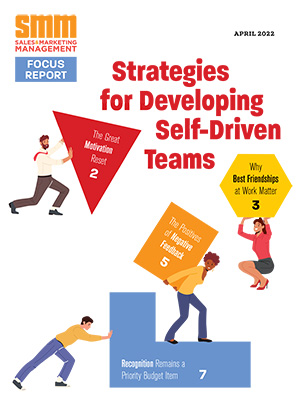In sales, getting told “yes” as many times as possible is always the goal, but getting told “no” is always going to be part of the sales equation. It’s the time that a lead spends in the maybe-zone that creates a vacuum in the funnel, says sales blogger Josh Slone.
Rejection is fine. What’s not fine is keeping leads on the line because they are too nice to tell you how they really feel. Getting these contacts out of your pipeline (or into an email cadence) quickly makes all the difference.
You can’t just write off every maybe as soon as you hear it and write off that prospect, putting them in the “dead to me” pile. It could be a genuine maybe or it could mean “not right now.” Slone offers three ways to discern the “maybe.”
1. Ask qualifying questions. Try to get details about budget, the buying process, and their current solution. If they’re not interested, or not the decision maker — they will squirm in their seat. Eventually, you’ll be able to put two and two together.
2. Give them permission to bounce. If you get “maybe” twice, give them a way out: “If we’re not the right fit, you can say so. I’d rather get told no now than drag out a conversation that wouldn’t benefit you.” Doing this will set most of your maybe’s free. And, more importantly, set your pipeline free from suspects.
3. Add a sales call with a caveat. If someone has shown interest in your product(s), but has shown a bit of reluctance on the phone, you could end the call attempting to schedule a sales call with a caveat: “Once the consultation is over, you have to give me a yes or no answer. Either is fine, but for the amount of effort I’ll put into this plan, I have to get a firm answer out of it.”
If someone is interested in your abilities, they’ll agree to those terms (but may still tell you maybe after the call). But this tactic is a way to separate the suspects from the prospects. Not only can it help you draw out the maybes, it can help you close more deals.

